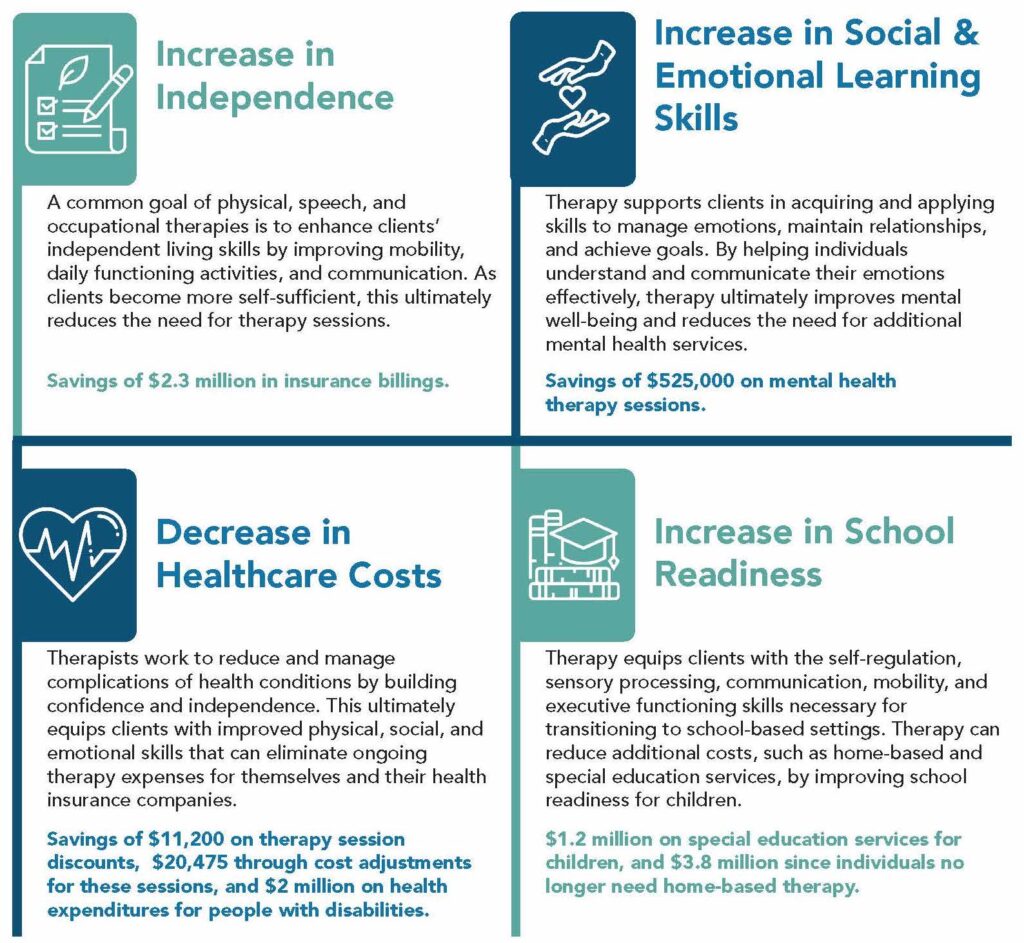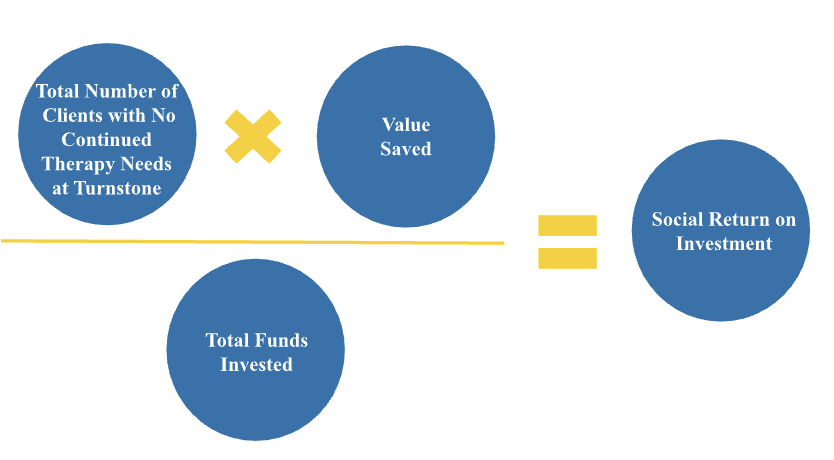How do you demonstrate that your mission is making a real impact in the nonprofit world? Traditional return on investment (ROI) calculations often fall short of capturing the true value of empowering individuals or strengthening communities. For organizations focused on nonprofit investing, calculating Social Return on Investment (SROI) is essential to highlight the social value they create and the difference they make in people’s lives.
Why Nonprofit Investing Needs SROI
Business investments aim to generate a financial return, which helps determine the investment’s value. In the nonprofit sector, determining that value is more complex. Since nonprofits typically do not generate revenue, the traditional ROI measure does not apply. As a result, the work of nonprofits is often undervalued due to the lack of an effective way to measure their impact. This value can be determined by calculating what is called Social Return on Investment (SROI). SROI measures outcomes not typically included in traditional ROI and assesses how an organization leverages resources to benefit communities.
TCG recently worked with Turnstone, a nonprofit organization in northern Indiana, that provides comprehensive services to people with intellectual, developmental, visual, and physical disabilities, no matter their ability to pay. We worked with Turnstone to calculate their services’ SROI, specifically for pediatric and adult physical, occupational, and speech therapy services.
The goals of the study included:
- Quantify Impact: Measure the SROI to gain insights into the impact of Turnstone’s therapy services.
- Communicate Impact: Develop a report highlighting Turnstone’s innovative therapy services for individuals with disabilities, which will be shared with donors, government leaders, and other key partners.
- Improve Sustainability: Enhance funding diversification strategies by analyzing Turnstone’s client outcomes.
How SROI Works
TCG utilized components of the internationally recognized SROI approach to calculate Turnstone’s therapy services’ social and economic value. To calculate the SROI, TCG followed these four steps:
Step 1: Identify Inputs and Outputs
Choosing the right time frame in the SROI calculator is critical, as it impacts the accuracy of measuring the benefits. The timeframe should capture the full period over which the outcomes of the project or services are expected to occur, but not be so extended that it overstates the benefits. After you have chosen the time frame, then it is important to identify the resources (inputs) invested to make the program or services occur including funding sources, staff time, payments, and other incomes. Next, you need to understand the outputs of the program or services.
For Turnstone, TCG analyzed data from April 2022 to March 2024, a 2-year time frame. All resources (inputs) invested in Turnstone were identified, including funding sources, staff time, payments from individuals with disabilities, and other income invested by Turnstone. The total number of individuals with no ongoing therapy needs (outputs) for pediatrics and adults in speech, physical, and occupational therapy were identified for the SROI calculation. These clients achieved their goals through Turnstone’s therapy services and no longer need services through Turnstone.
Step 2: Define Outcomes
The outcomes are the changes or impacts experienced by those who have utilized your services or programs. TCG and Turnstone collaborated on identifying the outcomes of individuals with disabilities who have no ongoing therapy needs. The outcomes identified include:
- Increase in independence
- Decrease in healthcare costs
- Increase in social and emotional skills
- Increase in school readiness
(Read more about establishing outcomes here.)
Step 3: Determine the Value Saved
Once outcomes were determined, to understand the value saved for each selected outcome, TCG assigned financial proxies. Financial proxies quantify service results that are typically not monetized. Financial proxies were selected based on a review of SROI literature and national and local data sets.
Step 4: Calculate SROI
Once all outcomes have been assigned a monetary value through the financial proxies, the SROI is calculated by dividing the monetized outcomes by the total investment (inputs).

By taking the steps above to calculate SROI, it is possible to capture the value of change created relative to the investment and better understand the social impacts. The SROI is expressed as a ratio; for example, an SROI could be 2:1. For every dollar invested, we see two dollars in social value.
During the 2-year time frame, Turnstone invested $3.3 million and delivered an estimated $10 million in social and economic benefits, creating positive social and economic value for the client and the community. This equates to a $3.02 return for every dollar invested.
Why SROI Matters for Nonprofits
SROI provides a powerful tool for nonprofits, like Turnstone, to quantify and communicate their true impact, reaching beyond traditional financial metrics. By capturing the social and economic benefits of their work, nonprofits can not only demonstrate their value to donors and stakeholders but also strengthen funding strategies and community relationships.
Understanding your organization’s SROI means recognizing the broader impact your efforts create for individuals and communities alike. Whether you’re seeking to enhance transparency, improve funding sustainability, or better communicate your mission, SROI can offer valuable insights into the social value your organization brings to the world.
You can learn more about the Turnstone SROI here.
Are you ready to measure your impact? We’d love to support your efforts. Schedule a consultation here and learn more about our Research Solutions here.
